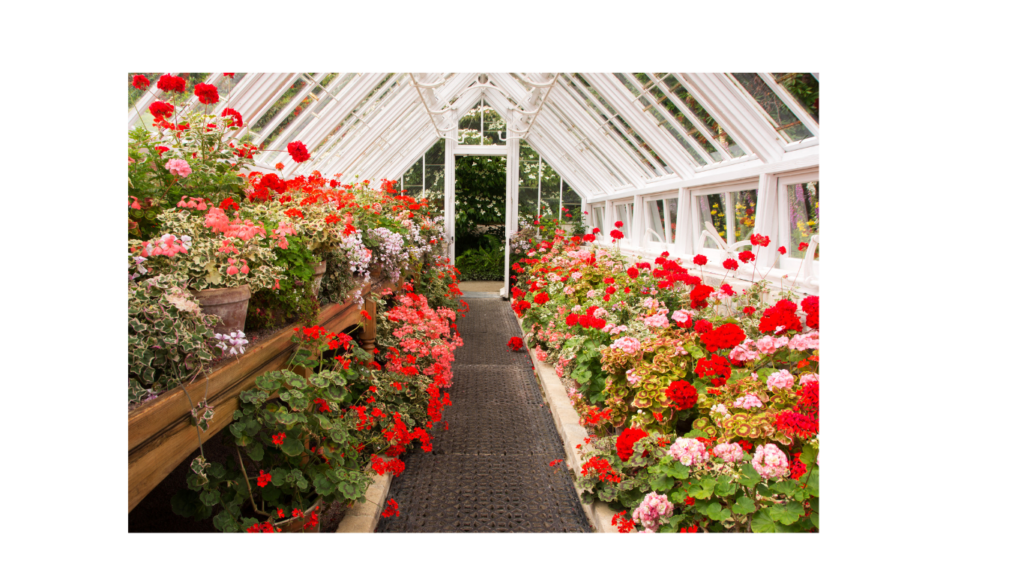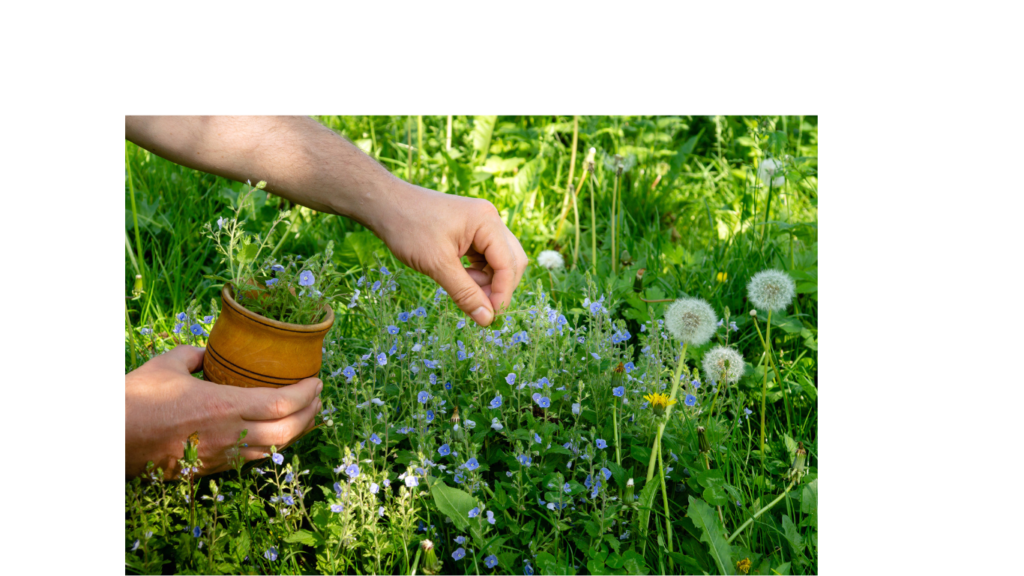Winter, with its lower temperatures, shorter days, and reduced humidity, can be a challenging season for plants. For those who grow plants indoors or in the garden, it’s essential to understand how cold weather and altered environmental conditions affect plant growth and what care is needed to maintain their health and beauty during this time. In this article, we’ll explore the best practices for caring for plants in winter, including practical tips for a variety of species, from indoor plants to those that remain in the garden or terrace.
Many people believe that, during winter, plants need less attention. However, this is a common mistake, as the intense cold and altered conditions can seriously harm plant health if not properly cared for. While some species enter dormancy, others continue to grow or at least need protection. Additionally, winter can be a time when diseases and pests proliferate, which requires extra attention.
Therefore, knowing how to care for your plants in winter is essential to ensure they remain strong, healthy, and ready to bloom in the spring. In this guide, we will cover all the necessary care, from preparation to protection against the elements.
How Winter Affects Plants
Plants are living organisms that respond differently to climatic changes. In winter, cold temperatures can affect both indoor and outdoor plants, but the effects tend to be more drastic for outdoor plants, where temperatures can drop below freezing.
During winter, temperatures drop significantly, reducing the metabolic activity of plants. Warm-climate plants, for example, become more vulnerable to freezing damage. Additionally, the amount of sunlight available decreases, which can impact photosynthesis and plant growth.
Winter is also characterized by a drop in air humidity, especially in indoor environments, where the use of heaters can make the air even drier. Plants, especially indoor ones, need moisture to maintain their health, and a lack of water can lead to leaf and root dehydration.
Outdoor plants are exposed to cold winds that can cause rapid dehydration, and to frosts, which are even more harmful. Ice can damage plant cells and even kill plants that are more sensitive to cold. This is why, during winter, it’s important to take precautions to protect plants from extreme temperatures and strong winds.
Preparing Your Plants for Winter
Before winter truly arrives, it’s important to prepare your plants for the cold. Proper preparation helps reduce the impact of harsh weather and minimize damage.
For indoor plants, the first step is ensuring they are placed in areas with as much light as possible. This may mean moving plants closer to windows that receive direct sunlight or investing in grow lights. For outdoor plants, it may be necessary to provide shelters like tents or greenhouses.
Before winter arrives, make sure to prune your plants to remove dead leaves and damaged branches. This helps reduce the risk of diseases and improves air circulation around the plants. Additionally, apply fertilizers suitable for the season to help strengthen roots and the plant’s immune system.
If you have plants in your garden, covering the soil with a layer of mulch can protect the roots from freezing. It’s also important to cover more sensitive plants with protective covers or fabric that can be removed during the day but keep the plants protected at night.
Specific Care for Indoor Plants in Winter
Indoor plants are more protected from external low temperatures, but winter still presents specific challenges. With decreased sunlight and drier air, adapting care becomes essential.
Indoor plants need light to grow, and in winter, natural light may be insufficient. Using grow lights or moving plants to brighter locations may be a good solution. Additionally, humidity is a crucial factor; you can use a humidifier or create a more humid environment around the plants by placing pots on trays with stones and water.
Watering indoor plants should be done cautiously in winter, as water evaporates more slowly due to the cold and dry air. Many plants enter dormancy or grow slowly, so their water requirements decrease. Check the moisture level of the soil regularly before watering to avoid overwatering.
Although winter is a cold season, plants still need good air circulation to avoid fungal diseases and mold growth. Keep the environment ventilated but avoid drafts that could stress the plants.
Care for Outdoor Plants in Winter
Outdoor plants face the biggest challenges in winter. Cold winds, frost, and lack of direct sunlight can harm plants. However, with proper care, many of them can survive until spring.
Protecting plants from frost is one of the biggest challenges for outdoor plants in winter. Some hardier plants can withstand low temperatures, but others, especially tropical species, need protection. You can cover plants with thermal blankets or dry leaves, creating an insulating layer against the cold.
While outdoor plants need less water in winter, they still need to be watered during dry spells. However, it’s important to water during the warmer hours of the day to avoid freezing water and damaging the roots.
Another important strategy is using covers or greenhouses to protect the plants. Greenhouses help create a favorable microclimate, keeping plants warm and sheltered from the wind. Covers, like tents or screens, can protect plants from snow and frost.
How to Protect Plant Roots from the Cold
Plant roots are highly sensitive to cold, and freezing can be fatal for many species. Protect the roots with proper care.
One effective way to protect roots in winter is by covering the soil with a layer of mulch. This helps retain heat in the soil and reduces temperature fluctuations. Additionally, it improves drainage, preventing water buildup and freezing around the roots.
Plant roots are highly susceptible to excess water in winter, especially in cold climates. The soil should be well-drained to prevent water from accumulating around the roots and freezing. If necessary, improve the drainage by adding sand or small stones to ensure excess water drains easily.
If you use an automatic irrigation system, adjust it to meet the reduced watering needs in winter. Avoid watering throughout the day, particularly during frost hours, to prevent water from freezing. Consider using drip irrigation, which is more efficient and prevents excess moisture in the soil.
Dealing with Diseases and Pests in Winter
Although winter is a dormancy period for many plants, pests and diseases can still proliferate, especially in heated environments like greenhouses and indoors.
During winter, plants can become more susceptible to fungal diseases such as mold, mildew, and rust. This happens due to increased humidity in the environment and lack of ventilation. In indoor environments, air moisture can create a favorable environment for these fungi, which affect plant leaves and growth.
Despite low temperatures, pests such as mealybugs, aphids, and mites can survive winter, especially indoors. Regularly inspect your plants for signs of infestation and use natural pesticides or homemade solutions, such as diluted mild soap, to control pests. Additionally, keeping plants healthy with good ventilation and foliage is key to preventing infestations.
Regular cleaning of plants and the environment where they are kept is crucial to prevent dust buildup and fungal growth. Remove dead leaves and debris from plants, as these can become infection hotspots. Also, make sure the potting soil is periodically changed, and that gardening tools like scissors and watering cans are disinfected.
Tips for Winter-Hardy Plants
Choosing the right plants for your climate and winter conditions can be key to a successful garden or indoor environment. Some plants are naturally more resistant to cold and wind, making them ideal for surviving low temperatures.
Plants such as conifers, cherry trees, and shrubs like lavender and rosemary are naturally more resistant to winter. For indoors, plants such as African violets, azaleas, and peace lilies can thrive even in colder temperatures and with less light. These species can tolerate frost and low light, making them an excellent choice for winter.
For those with a garden, some frost-tolerant plants include: camellias, which bloom well in lower temperatures and add color to the garden; helleborus, known as the Christmas rose, which is frost-resistant and blooms in winter; and pine trees, which withstand frosts and can be a beautiful focal point in your garden.
Indoors, besides African violets and peace lilies, plants like cacti, succulents, and spathiphyllum are excellent choices for keeping greenery during winter.
How to Create a Favorable Microclimate for Your Plants
If you want to ensure your plants survive well during winter, a great strategy is to create a favorable microclimate within your home or garden. This concept involves controlling temperature and humidity in a more localized space.
Greenhouses can be an effective solution for maintaining a warm and humid environment, especially for more sensitive plants. Even in small spaces, mini-greenhouses can be used to create a protected environment, allowing plants to grow more healthily during the colder months.
Inside the house, the use of heaters can reduce humidity, which harms plants. A good solution is using a humidifier or grouping plants in more humid areas of the house, such as near aquariums or bathrooms with good ventilation. In greenhouses and enclosed spaces, installing thermometers and hygrometers helps monitor the ideal conditions for plant growth.
The advantage of creating a microclimate is that it provides a controlled atmosphere, ideal for plants that need extra warmth or moisture. However, the disadvantage is that these environments can be difficult to control, especially in areas with extreme climate variations. Using microclimates requires constant monitoring to avoid issues like overheating or excessive humidity.
The Importance of Soil in Winter
Soil plays a vital role in plant health, especially in winter when freezing and inadequate drainage can harm roots.
Soil in winter can become denser and compacted, making it harder for roots to absorb nutrients and water. Additionally, frozen soil can damage roots, particularly in more sensitive plants.
Good drainage is vital for plants in winter. Compacted soil can lead to water buildup, which, when frozen, damages roots. Proper drainage, whether in the ground or in pots, ensures that excess water is easily drained and doesn’t harm the plants.
A layer of soil coverage helps protect plant roots from the cold and retains moisture. Materials like dry leaves, pine bark, and straw are excellent options for covering soil during winter.
Conclusion: Preparing Your Plants for Spring
Caring for plants in winter requires patience, attention, and dedication. While winter presents many challenges, with the right care, your plants can survive and even thrive until spring arrives.
Winter can be a rest period for many plants, but it’s essential that they remain healthy to bloom beautifully once spring comes.



